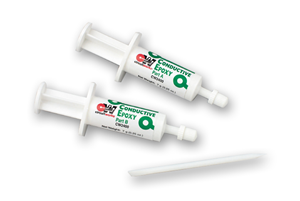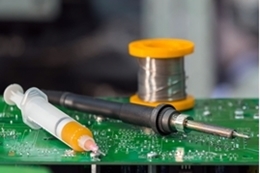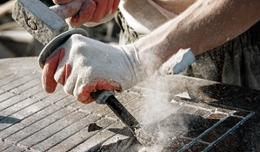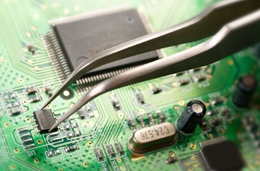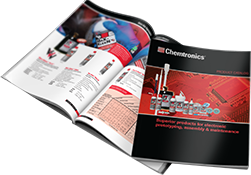CircuitWorks® Conductive Silver Epoxy Adhesive, CW2400, CFW2460
CircuitWorks® Conductive Epoxy adhesive is a two part, silver epoxy used in prototype, repair and general conductive bonding applications. It features strong mechanical bonds, excellent electrical conductivity, and quick room temperature curing. CircuitWorks® Conductive Epoxy bonds aggressively to a wide variety of materials.
Features & Benefits
- Conductive silver epoxy provides excellent electrical conductivity
- High strength conductive bond
- Mixed material provides five minute work time, fast cure
- Repairs defective traces and creates jumpers on boards
- Quick solderless electronic connections
Applications
- Repairs traces and temperature sensitive circuits
- Makes high-strength solderless conductive connections
Compatibility
- CircuitWorks Conductive Epoxy is generally compatible with most materials used in printed circuit board fabrication. As with any adhesive/sealant, compatibility with substrate should be determined on a non-critical area prior to use.
| Shelf Life | CW2400 - 9 months CW2400J - 12 months CW2460 - 12 months |
|---|---|
| Specs | ANSI/IPC J STD-001, IPC-7711 |
| Shipping Name | Adhesives N.O.I |

